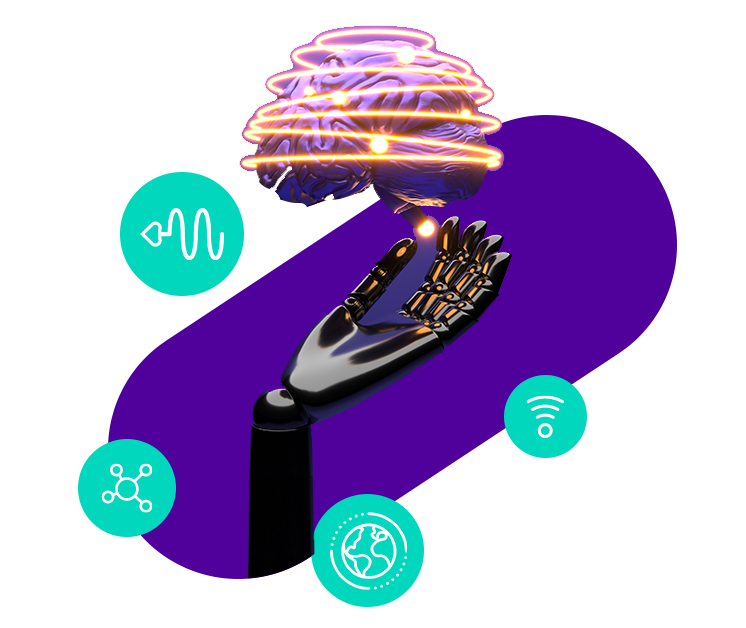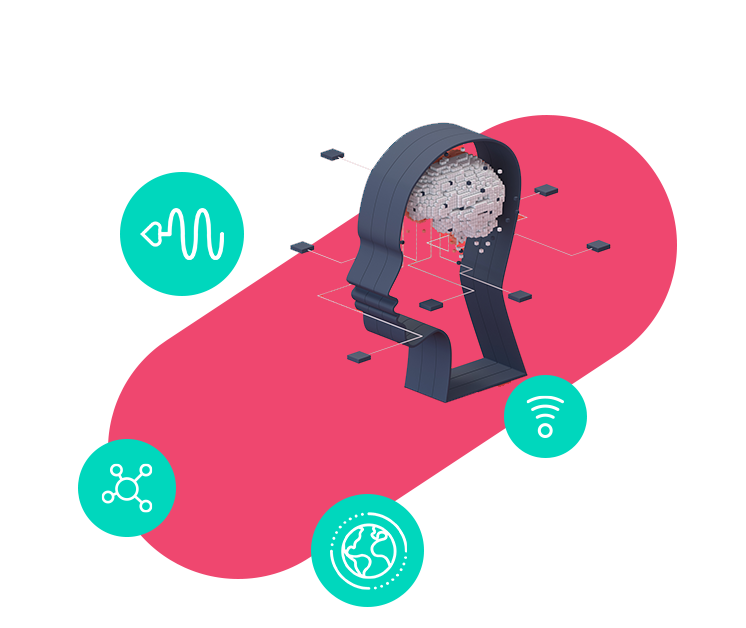Artificial intelligence (AI), a game changer of network services
Published by Colt Technology Services on July 12, 2023
Today and tomorrow AI is and will change how enterprises manage they network services, but they will have to overcome various challenges to derive value from this powerful and rapidly evolving technology. The usage of artificial intelligence in the enterprise is profoundly changing the way businesses work. The range of AI use cases in the enterprise is not only expanding but also evolving in the face of current market uncertainty as a result of COVID-19. During the last 3 years, we have seen businesses incorporating more AI technologies into their business operations with the aim of saving money, boosting efficiency, generating insights and creating new markets. The value of AI to 21st-century business has been compared to the strategic value of electricity in the early 20th century, when electrification transformed industries like manufacturing and created new ones like mass communications. AI’s biggest impact on business in the near future stems from its ability to automate and augment jobs that today are done by humans.
The future of network services lies in automation. In ever more complex digital ecosystem, ever larger amounts of data have to be transferred in ever shorter time with a very small latency. Human decision making and human interventions are too slow to react to events in this dynamic infrastructure in real time. It does not matter whether such an event is a physical layer failure, a cyberattack or an increase in bandwidth due to increasing data traffic. The high reaction speed will be necessary because the processes supported by the infrastructure require it: autonomous driving as well as operating machines in hospitals. Only artificial intelligence can provide this automation. The telecommunications industry is therefore well advised to invest massively in this area. The use of AI to optimise the network will in future be a selection criterion for enterprises for their service providers. But the development of application scenarios for artificial intelligence in networks is only possible in cooperation between the manufacturers of the components, network services providers, cloud providers, system integrators, AI providers and network operators. This is a reality that we need to take into consideration for the evolution of this technology.
Cloud environments have helped enable AI applications by not only providing the computational power needed to process and manage big data in a scalable and flexible architecture, but also by providing wider access to enterprise users.
The ongoing integration of artificial intelligence (AI) in network management continues to increase. Deploying and implementing AI for managing network services for the enterprise requires a thoughtful approach to people, processes and technology. Tomorrow human decision-making and reaction times could not be enough for managing an enterprise network. AI will be able to overcome these shortcomings by delivering insights based on historical information, which can be applied to future situations with unprecedented speed and accuracy. AI systems learn and grow over time, making adjustments based on data and rules. For example, some AI will use simulation to observe real-world activity before applying what it learns to similar future situations.
AI is helping enterprise networks to be more efficient by using data-driven algorithms to identify patterns within the enterprise infrastructure. It will help to detect, to collect, and to analyse connections from all parts of an enterprise environment (e.g., routers, switches, WAN optimization devices). It then provides real-time insights into network performance, so enterprises can pinpoint problems faster than ever before, reducing or eliminating outages by automatically remediating faults as soon as they occur. It is true that traditional analytics have long been used for network operations, but they’re not ideal for helping businesses to automate their network operations or make better capacity planning and security decisions. AI enables businesses to gather much more data about their networks, including how applications perform in production environments or how different types of attacks affect business processes.
It’s clear that this technology could help enterprises to manage their digital ecosystem accordingly. Artificial Intelligence can harness the immense amount of operational data from clouds, to services, to social and communication networks. In the era of big data and connected devices of all varieties, artificial intelligence has found ways to improve operations and management of information technology services, systems and networks.
By creating extraordinary connections that make everything possible, we are helping to shape an exciting and positive future. A world where limitless connectivity improves lives, redefines business and pioneers a sustainable future.
AI is a game changer of network services helping businesses to capitalise on their assets. Large data sets are the raw material for yielding the in-depth business intelligence that drives improvements in existing business operations and leads to new lines of business. AI is playing a symbiotic role in 21st-century business success.
Recent articles
What's your goal today?

1. Connect to the Colt network
Our network directly connects 32,000+ buildings, with millions more through our extensive worldwide partners, powering global businesses with high bandwidth requirements. Find out if you're Colt connected now.

2. Learn more about digital infrastructure
We've worked with experts to build hundreds of guides, whitepapers and blogs across a range of technology & infrastructure topics, as well as videos, webinars & lightning talks. Find out more about them below.

3. Explore our customer success stories
We work with global businesses to deliver world-class connectivity solutions, with a range of available professional & managed services to help you get exactly the right fit for your business. Read more about some of our customers' success stories.

